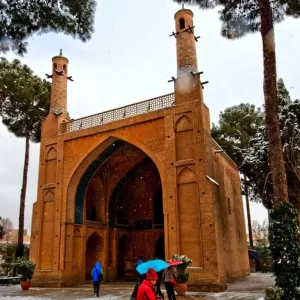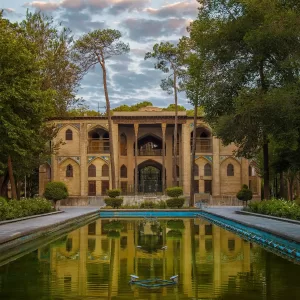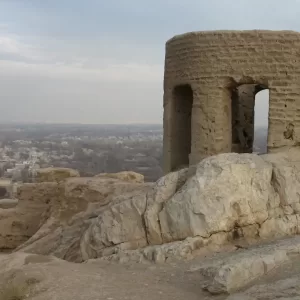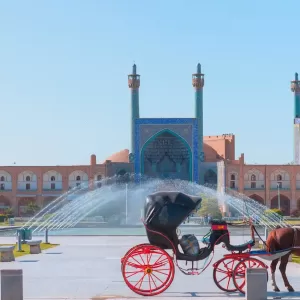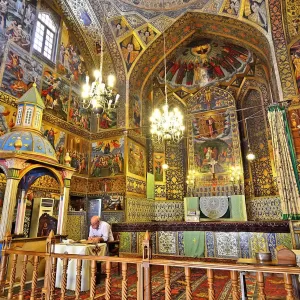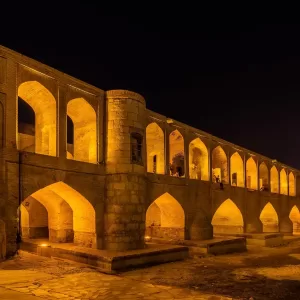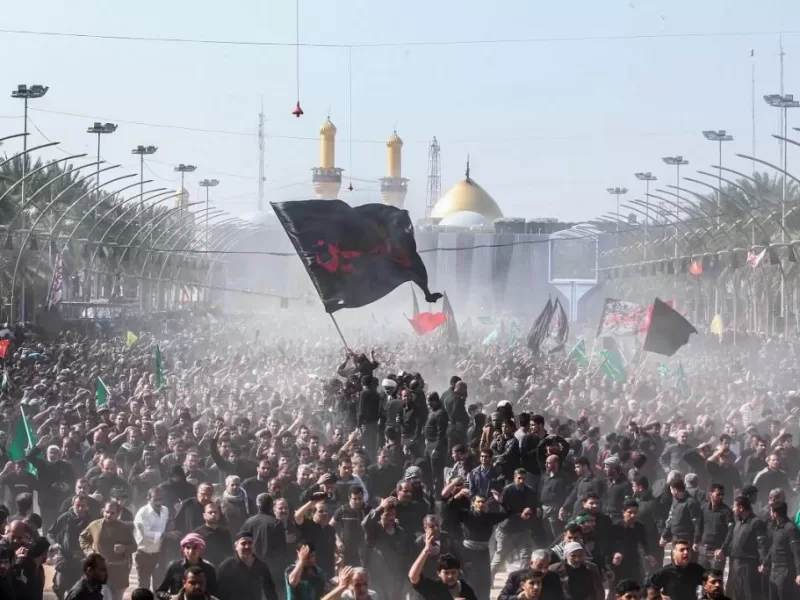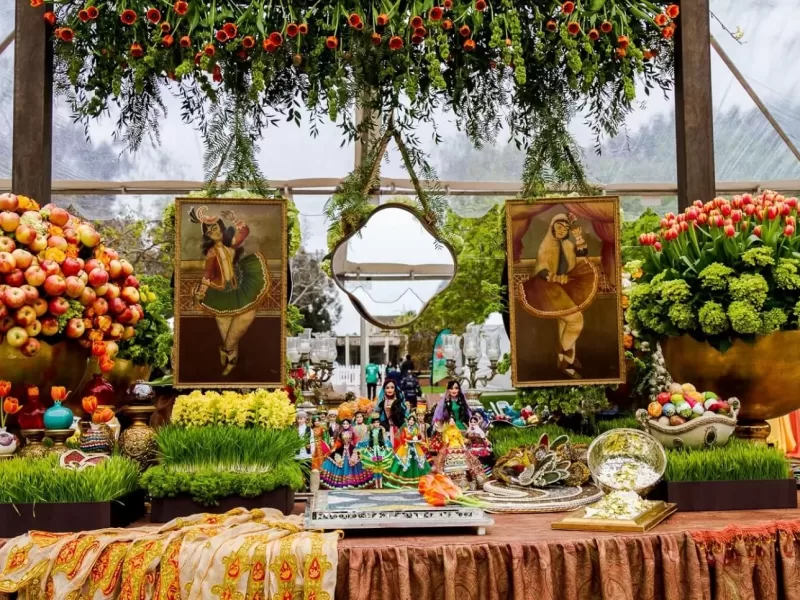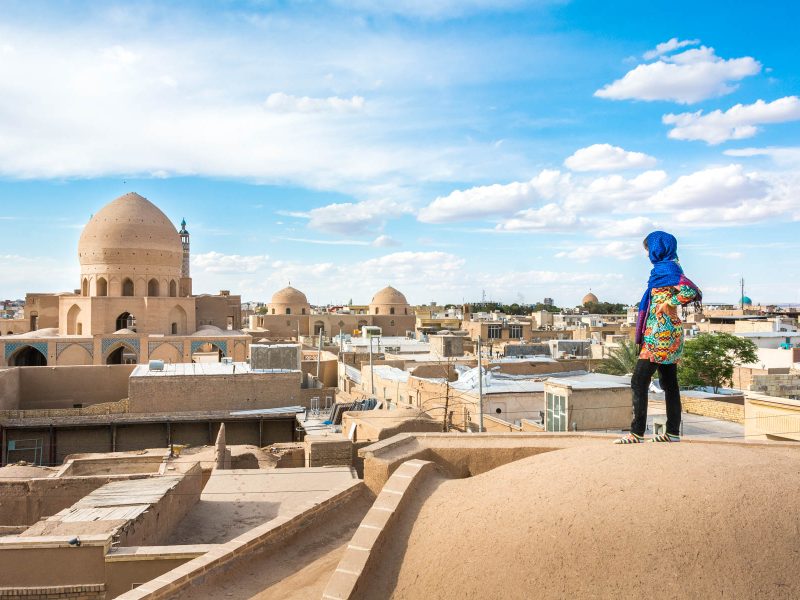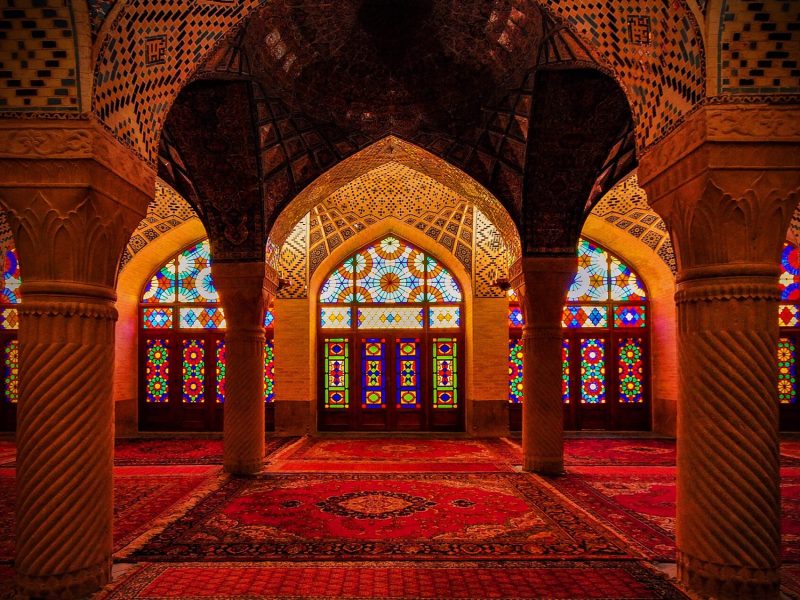The 40 Columns of Chehel Sotoun Palace
Chehel Sotoun is a magnificent palace located in Isfahan, Iran. It was built during the Safavid era and is known for its intricate architecture, stunning paintings, and lush gardens. This palace serves as a masterpiece of Persian art and is considered one of the most important tourist destinations in Isfahan. In this blog post, we will delve into the history of Chehel Sotoun, its religious significance, and why it is a must-visit attraction for those traveling to Isfahan.
Chehel Sotoun is not just a historical monument, it also holds religious significance. The palace was built as a symbol of the Safavid dynasty’s power and wealth, and it was used to host religious ceremonies and events. It also serves as a symbol of Persian culture and heritage, showcasing the country’s rich history and artistic traditions.
Brief Facts
- Chehel Sotoun was built in the mid-17th century.
- It was commissioned by Shah Abbas II as a reception hall for royal events and ambassadors.
- The palace is named “Chehel Sotoun” meaning “40 columns” in Persian, referring to the 20 columns that support the main hall and their reflection in the pond.
- The main hall features 20 wooden columns and intricate paintings on its walls and ceiling.
- The palace has a large garden filled with trees, flowers, and fountains.
- Chehel Sotoun was declared a UNESCO World Heritage Site in 2011.
Chehel Sotoun Palace: A UNESCO World Heritage Site in Isfahan
Chehel Sotoun Palace, located in the city of Isfahan, Iran, is a magnificent structure renowned for its stunning architecture, intricate tile work, and historical significance. The palace has been recognized as a UNESCO World Heritage Site, making it one of the most visited attractions in the city.
Why is it called Chehel Sotoun?
The name “Chehel Sotoun” literally means “40 Columns” in Persian. This name is derived from the 20 wooden columns in the palace’s main hall, which, when reflected in the adjacent pond, give the illusion of 40 columns.
Unique Features
One of the most unique features of Chehel Sotoun is its architecture. The palace is a combination of traditional Persian and European styles, with intricate designs and stunning paintings covering its walls and ceilings. The palace also features a large garden with a pond in the center, which serves as a beautiful backdrop for the palace’s main hall. The garden is also filled with trees, flowers, and fountains, adding to the peaceful and serene atmosphere of the palace.
Best Time to Visit
The best time to visit Chehel Sotoun is during the spring or autumn when the weather is mild and the gardens are in full bloom. During these seasons, visitors can enjoy the beauty of the palace and its surroundings without having to worry about extreme heat or cold.
FAQs
- What is Chehel Sotoon Palace?
Chehel Sotoon Palace is a historical palace located in the city of Isfahan, Iran. It is known for its stunning architecture, intricate tile work, and cultural significance. - Where is Chehel Sotoon Palace located?
Chehel Sotoon Palace is located in the city of Isfahan, Iran. - What is the significance of Chehel Sotoon Palace?
Chehel Sotoon Palace is significant for its beautiful architecture, intricate tile work, and rich cultural heritage. It is also recognized as a UNESCO World Heritage Site. - When was Chehel Sotoon Palace built?
The exact date of construction of Chehel Sotoon Palace is not known, but it is believed to have been built during the Safavid dynasty in the 17th century. - Why is it called Chehel Sotoon?
The name “Chehel Sotoon” means “40 Columns” in Persian, derived from the 20 wooden columns in the palace’s main hall that give the illusion of 40 columns when reflected in the adjacent pond. - What are the main attractions of Chehel Sotoon Palace?
The main attractions of Chehel Sotoon Palace include its stunning architecture, intricate tile work, and rich cultural heritage. - Is Chehel Sotoon Palace open to visitors?
Yes, Chehel Sotoon Palace is open to visitors.

